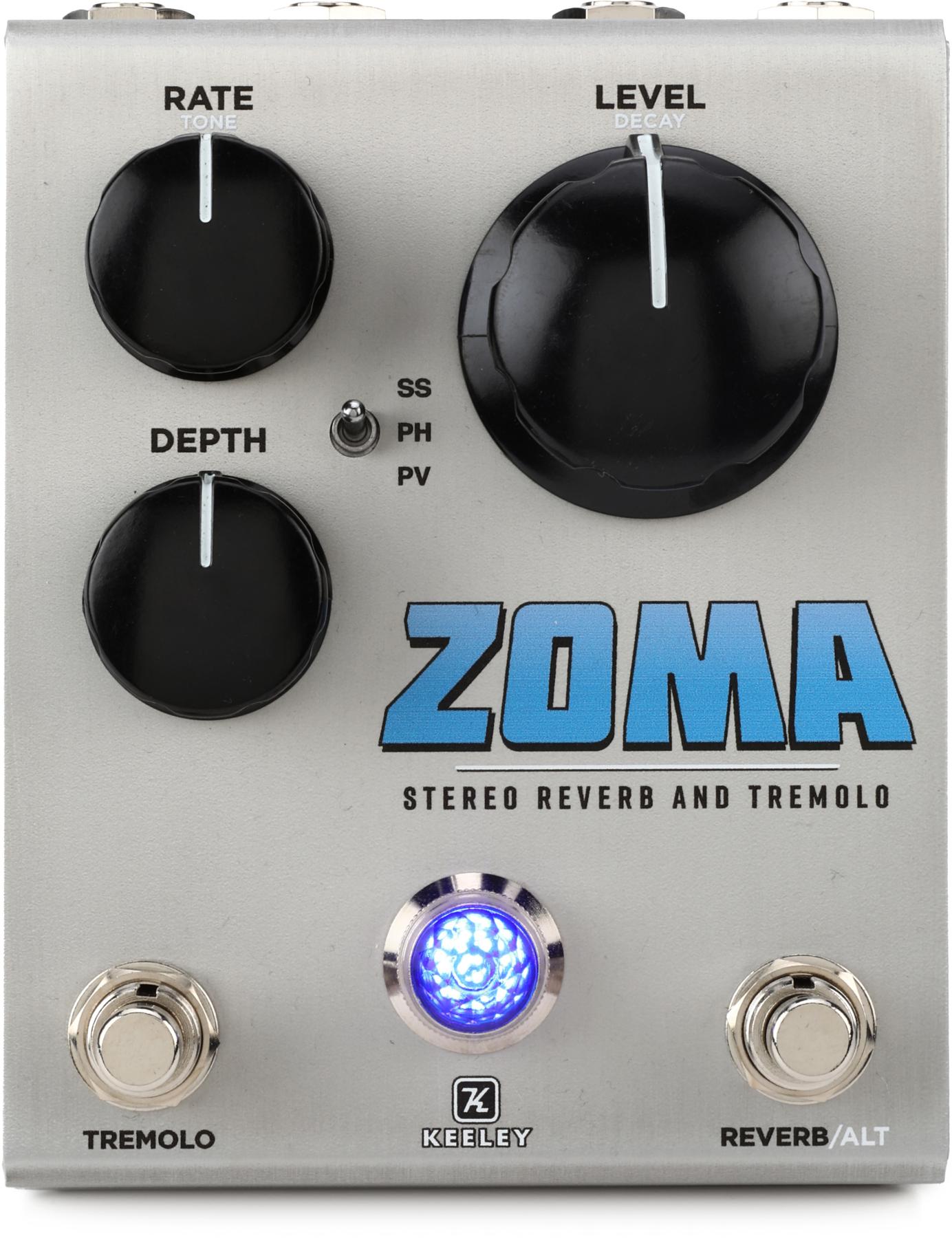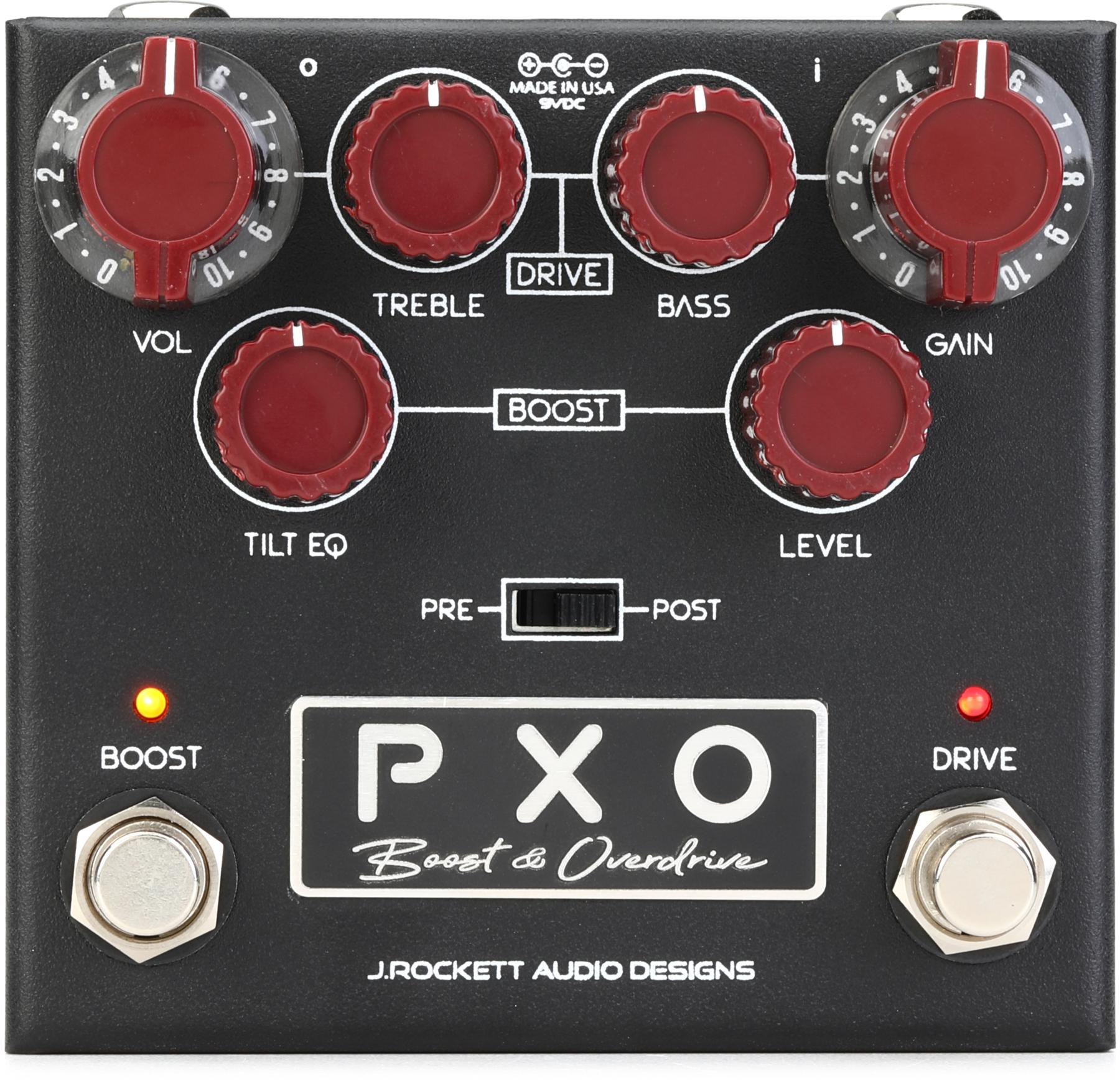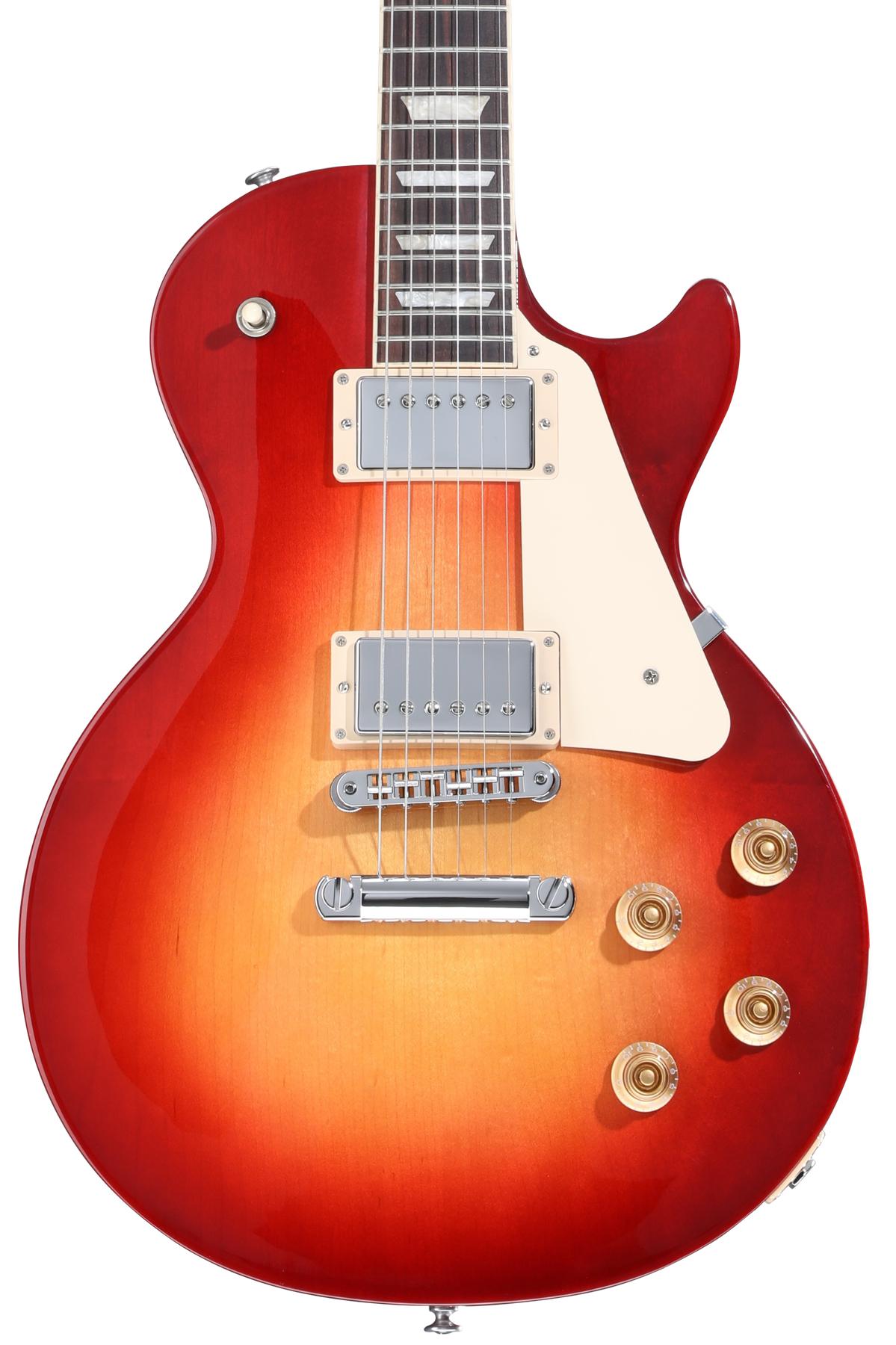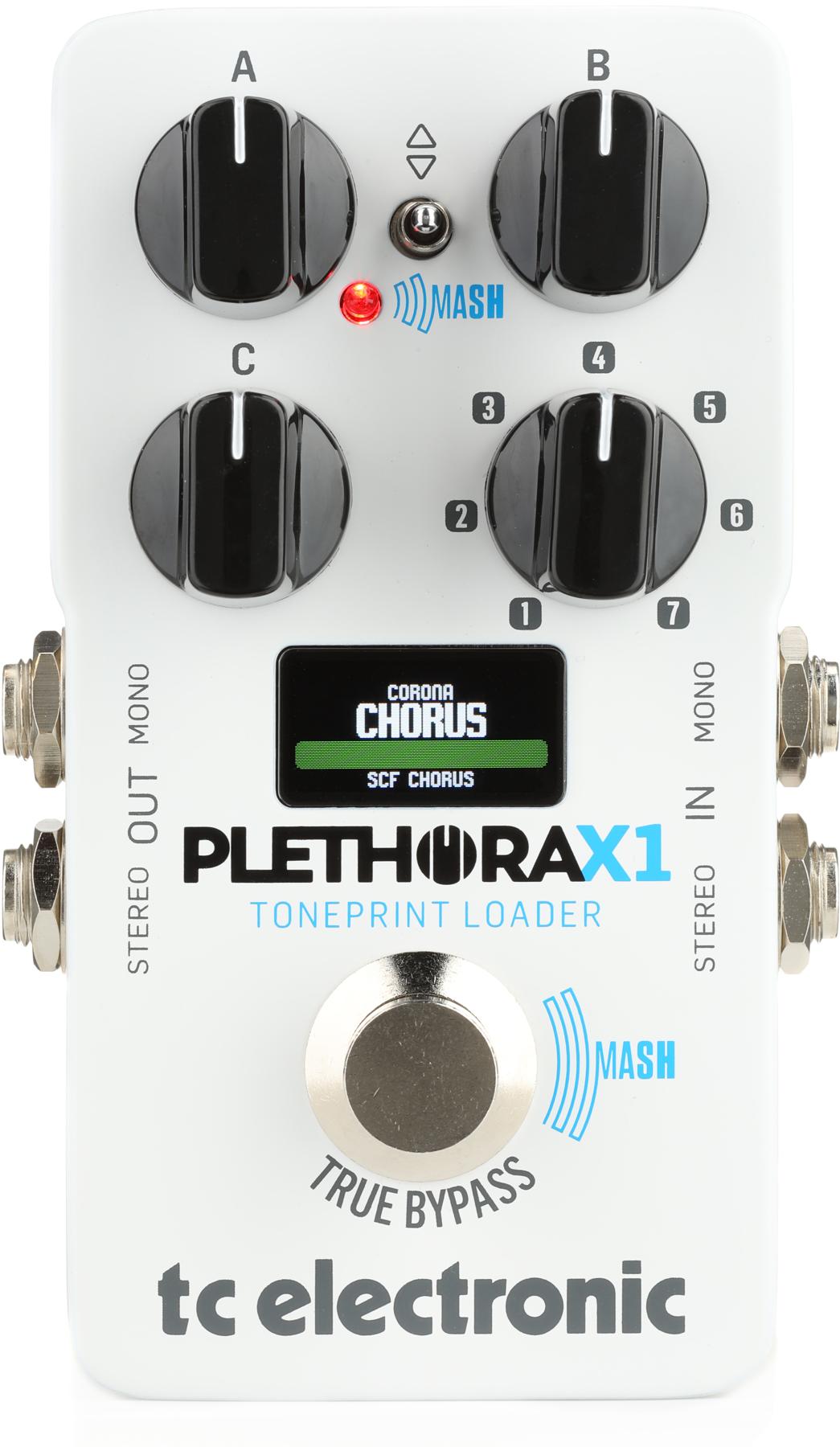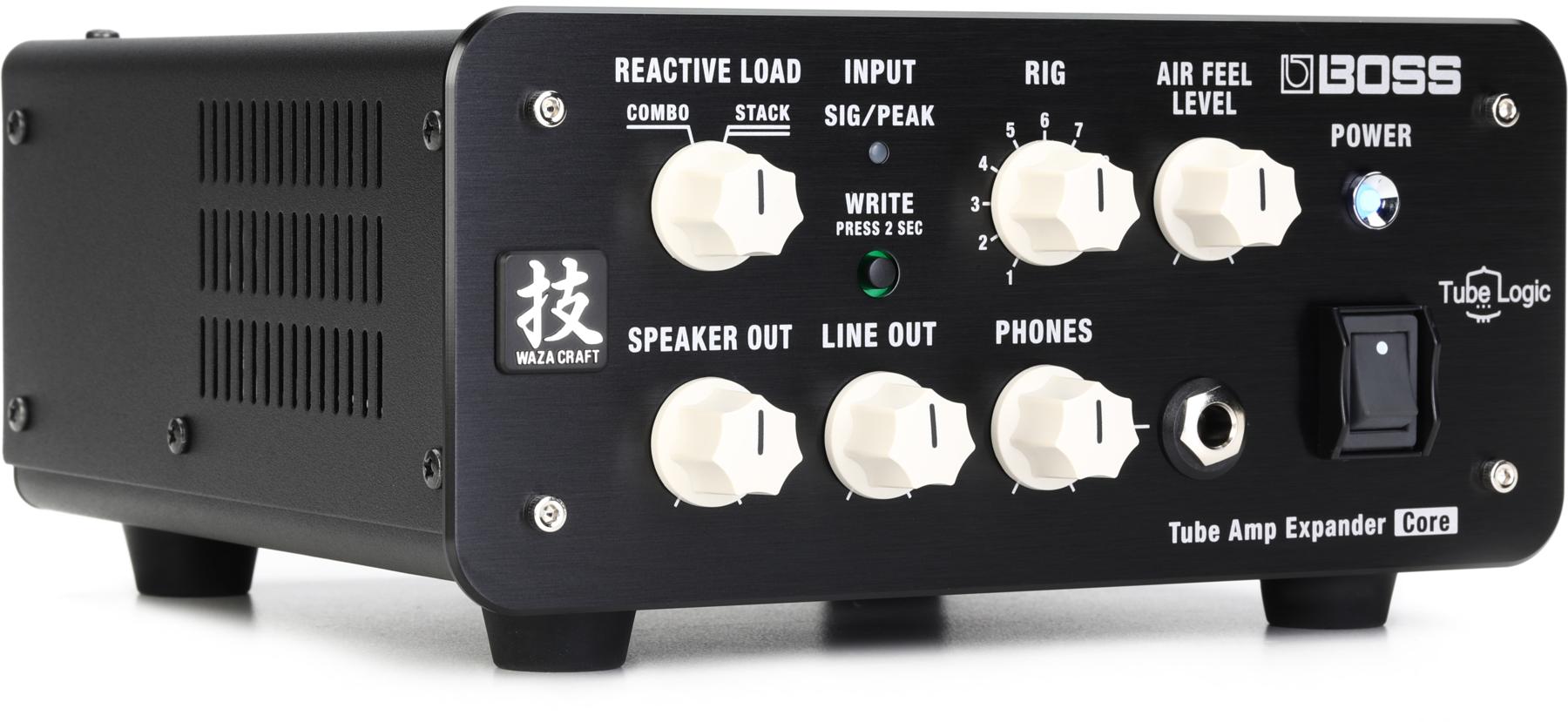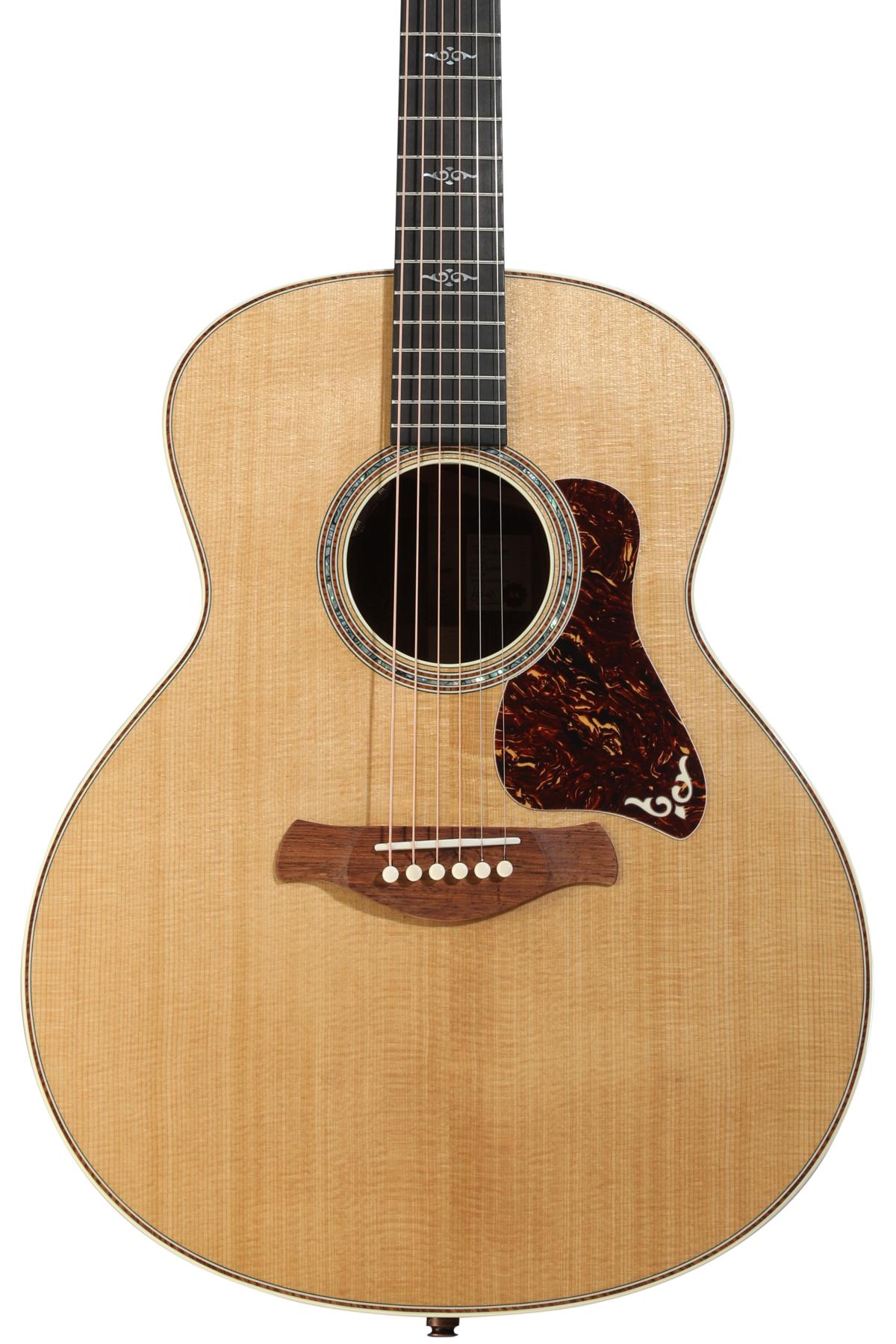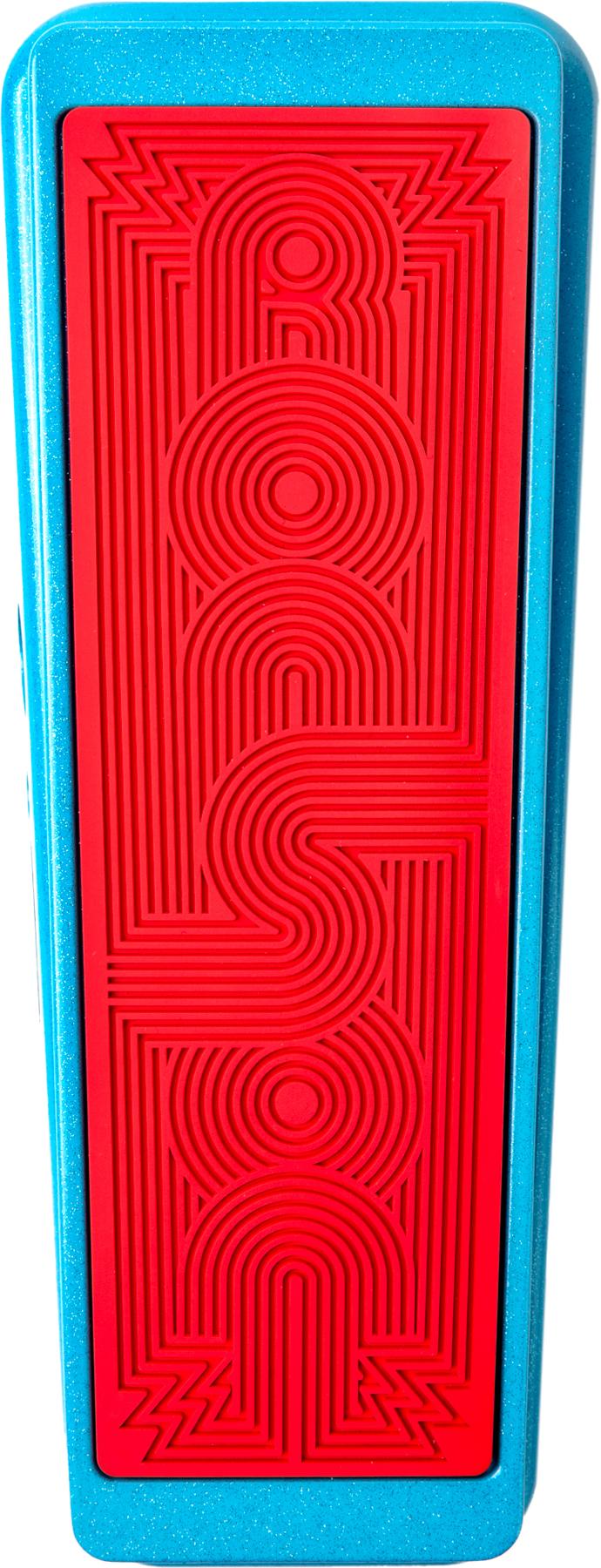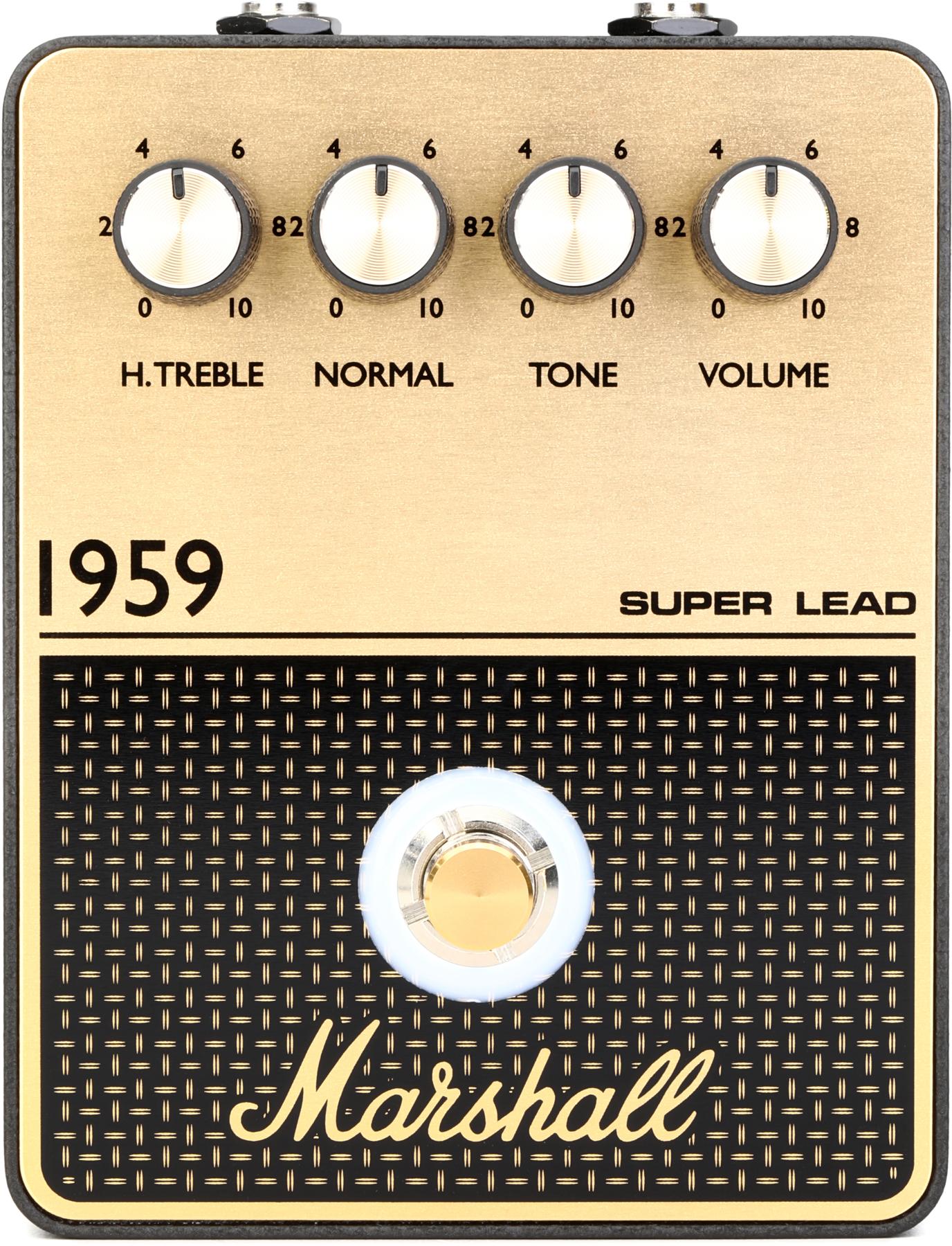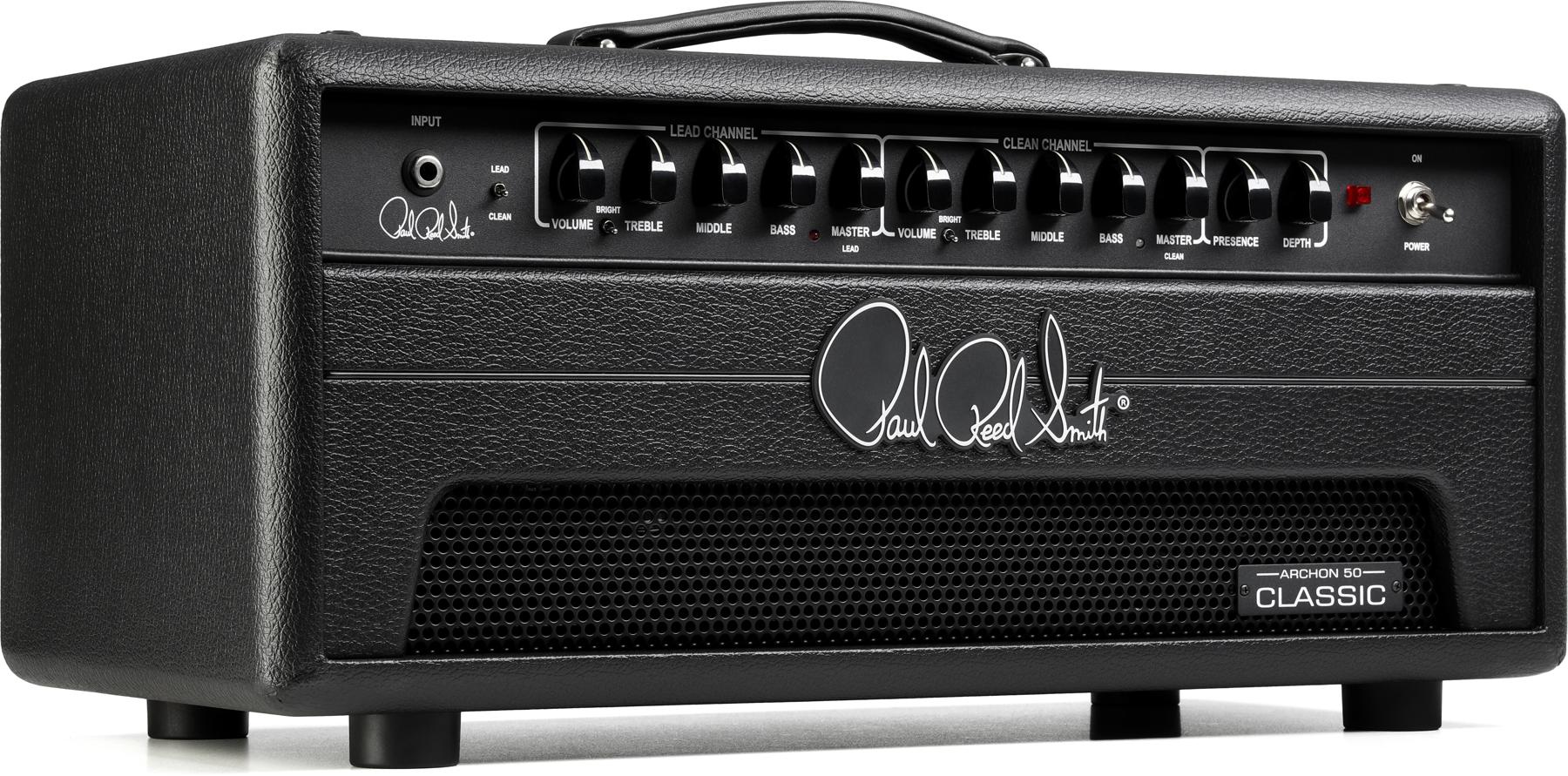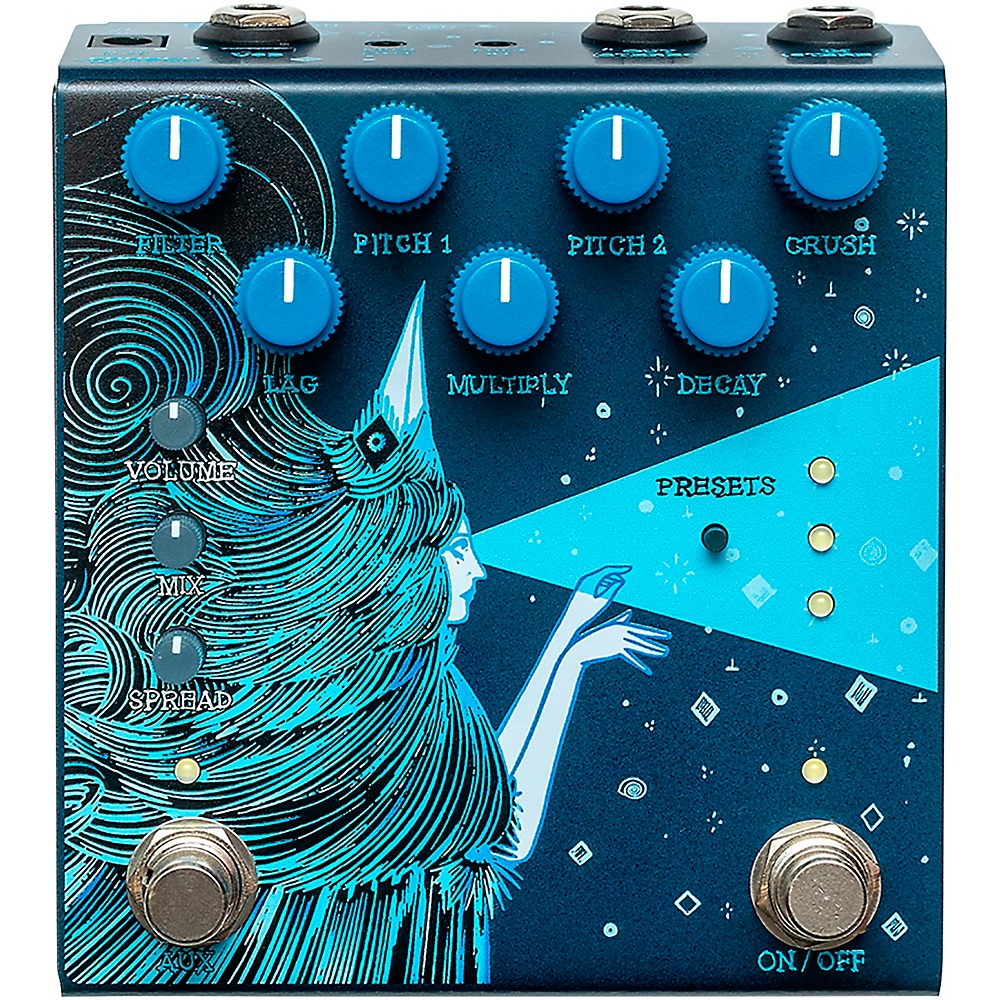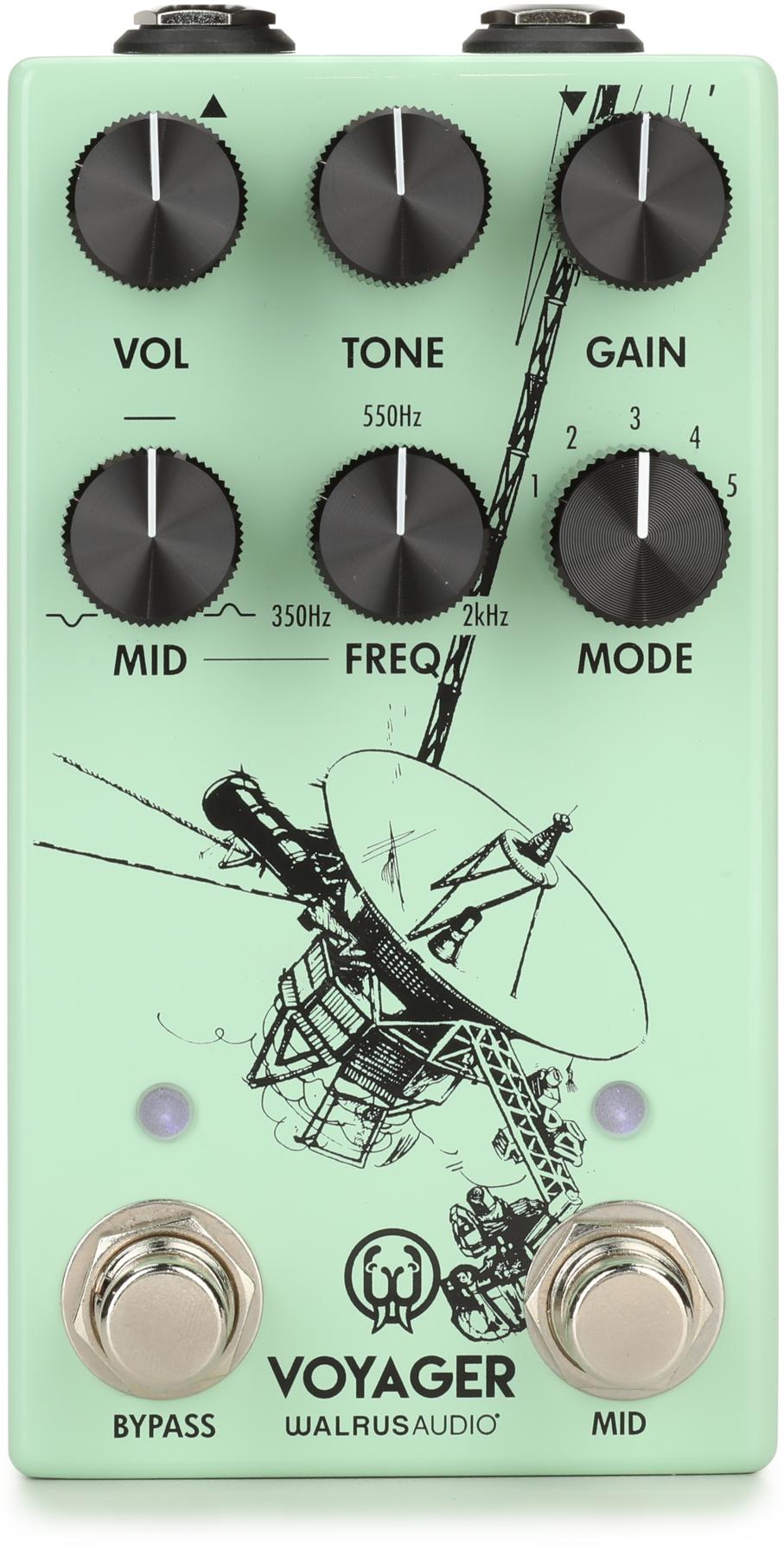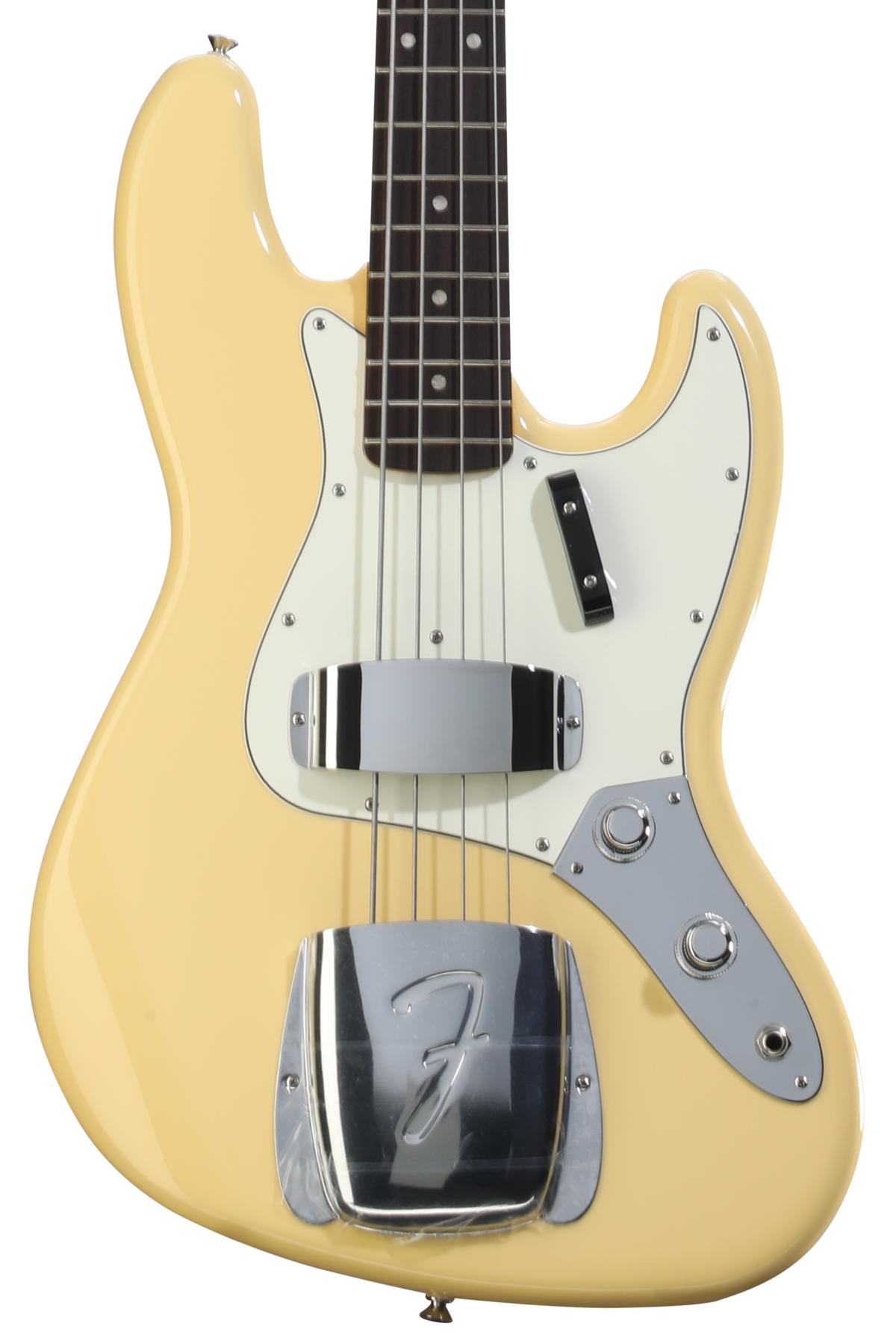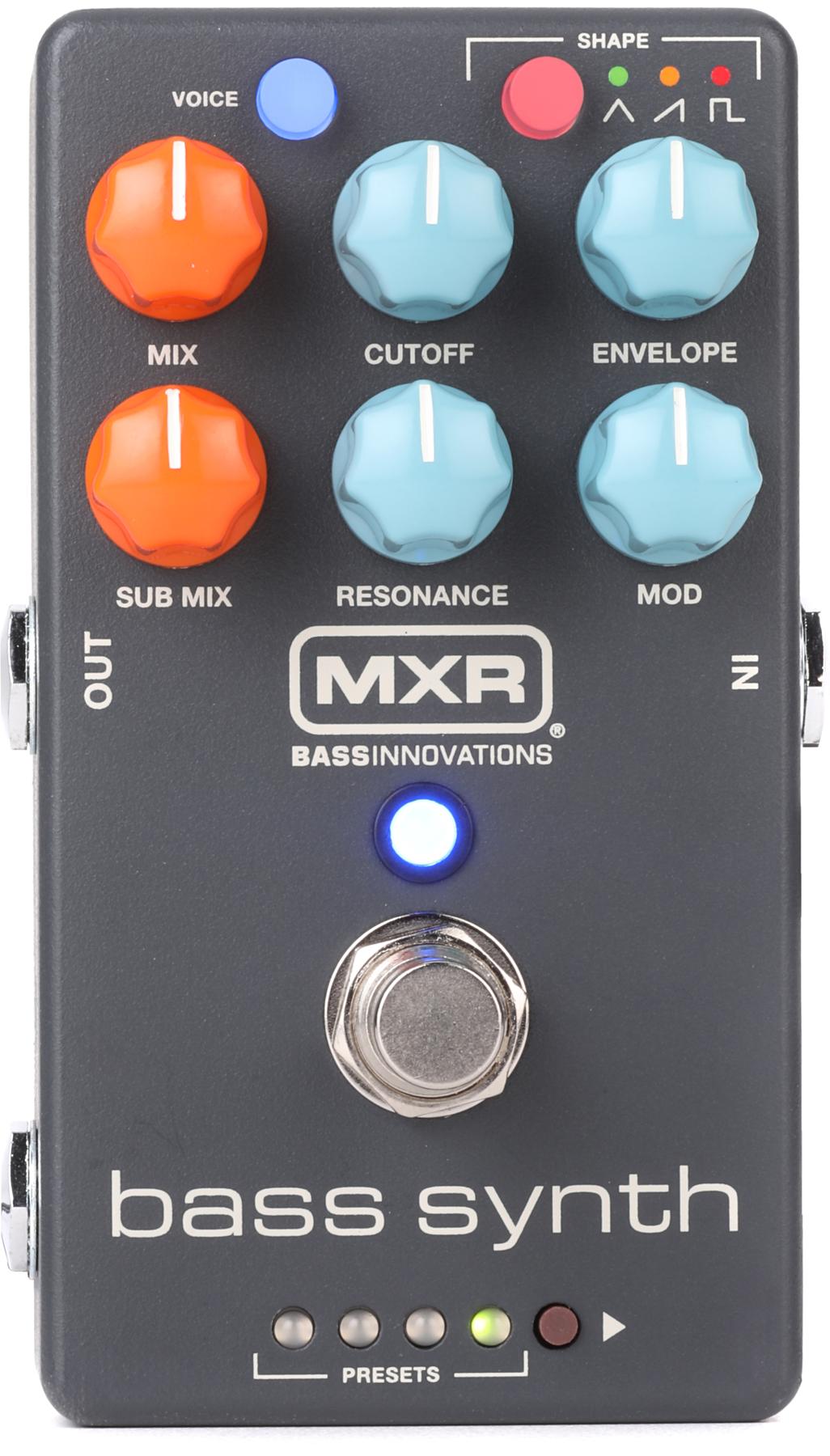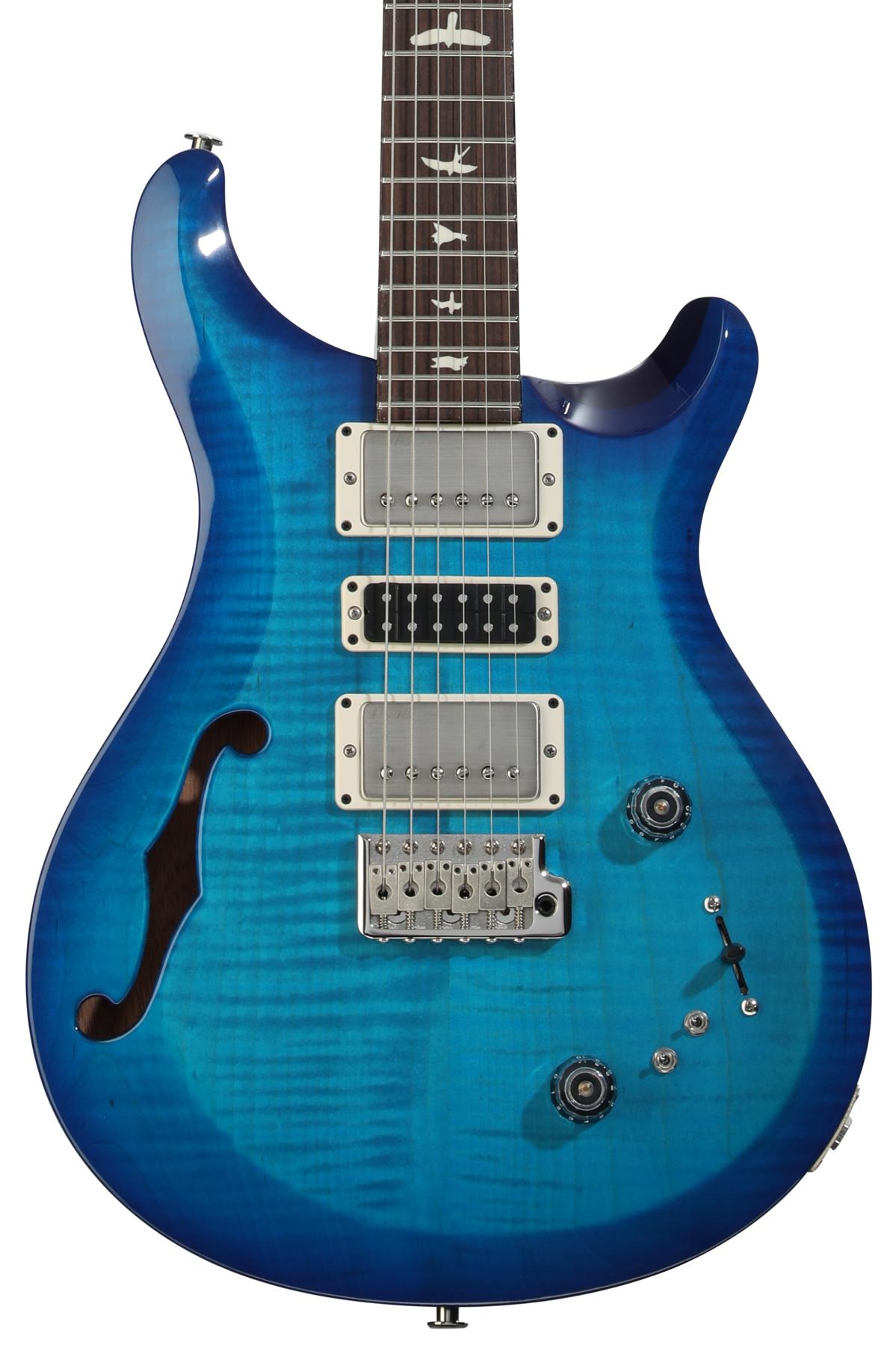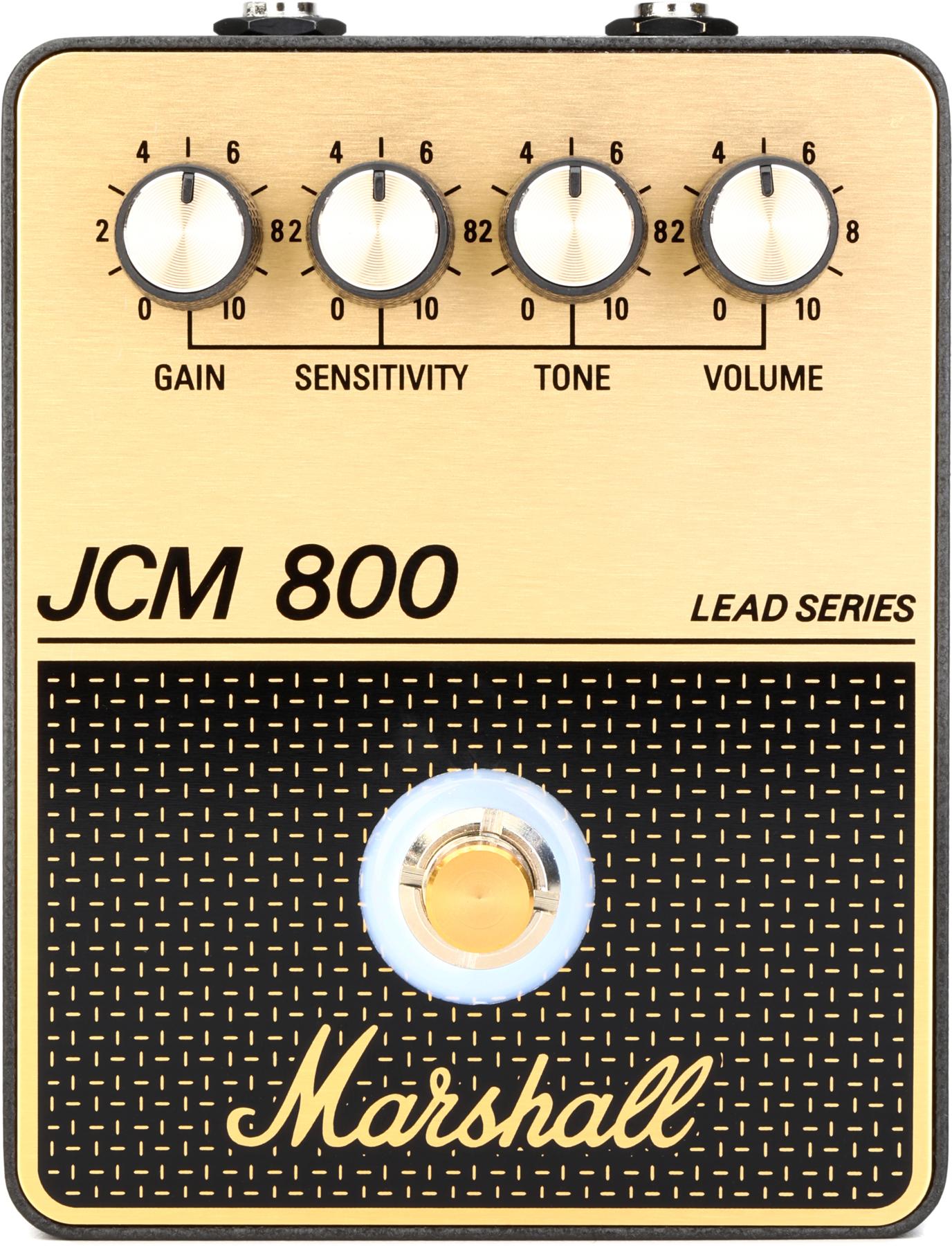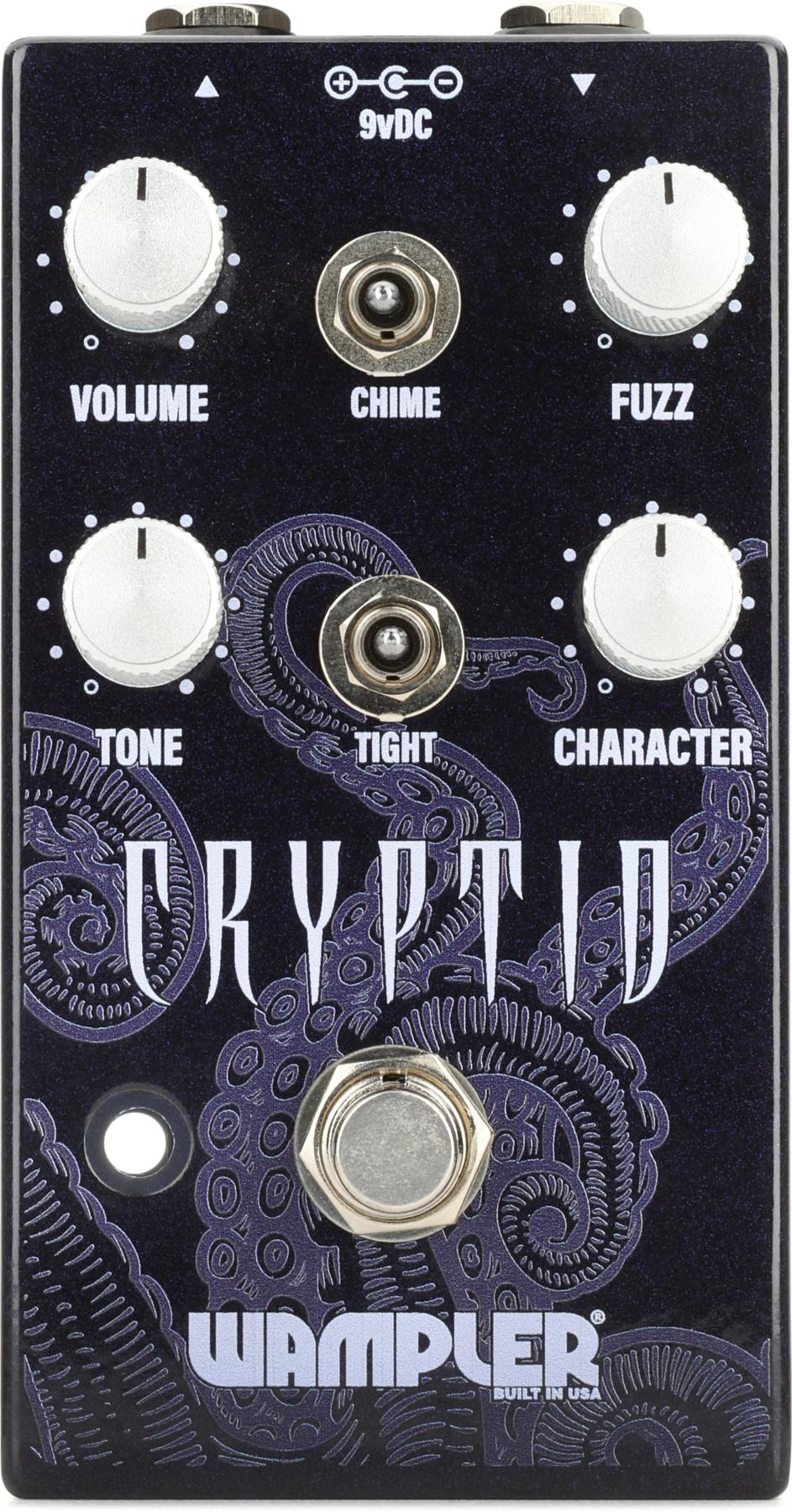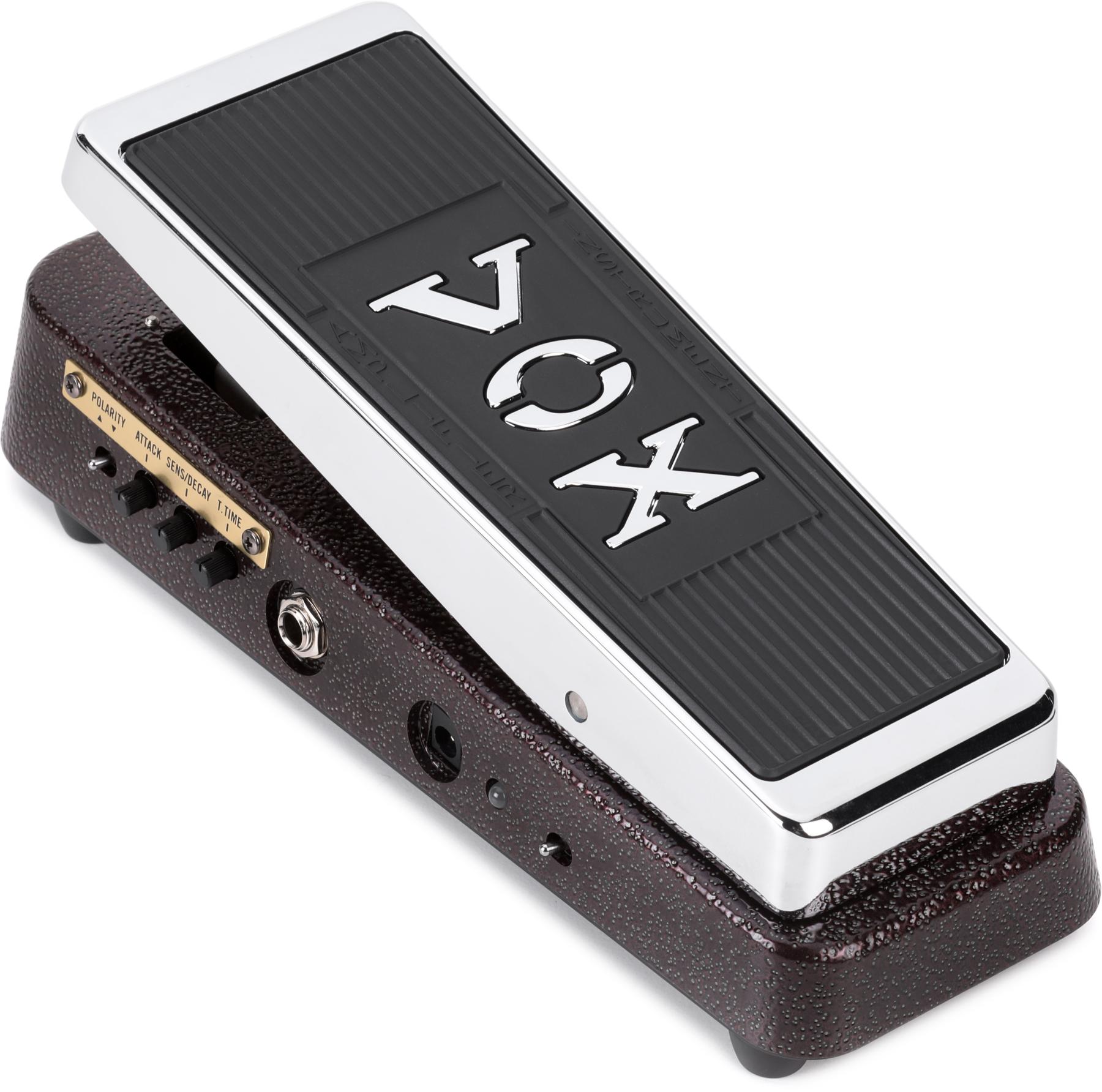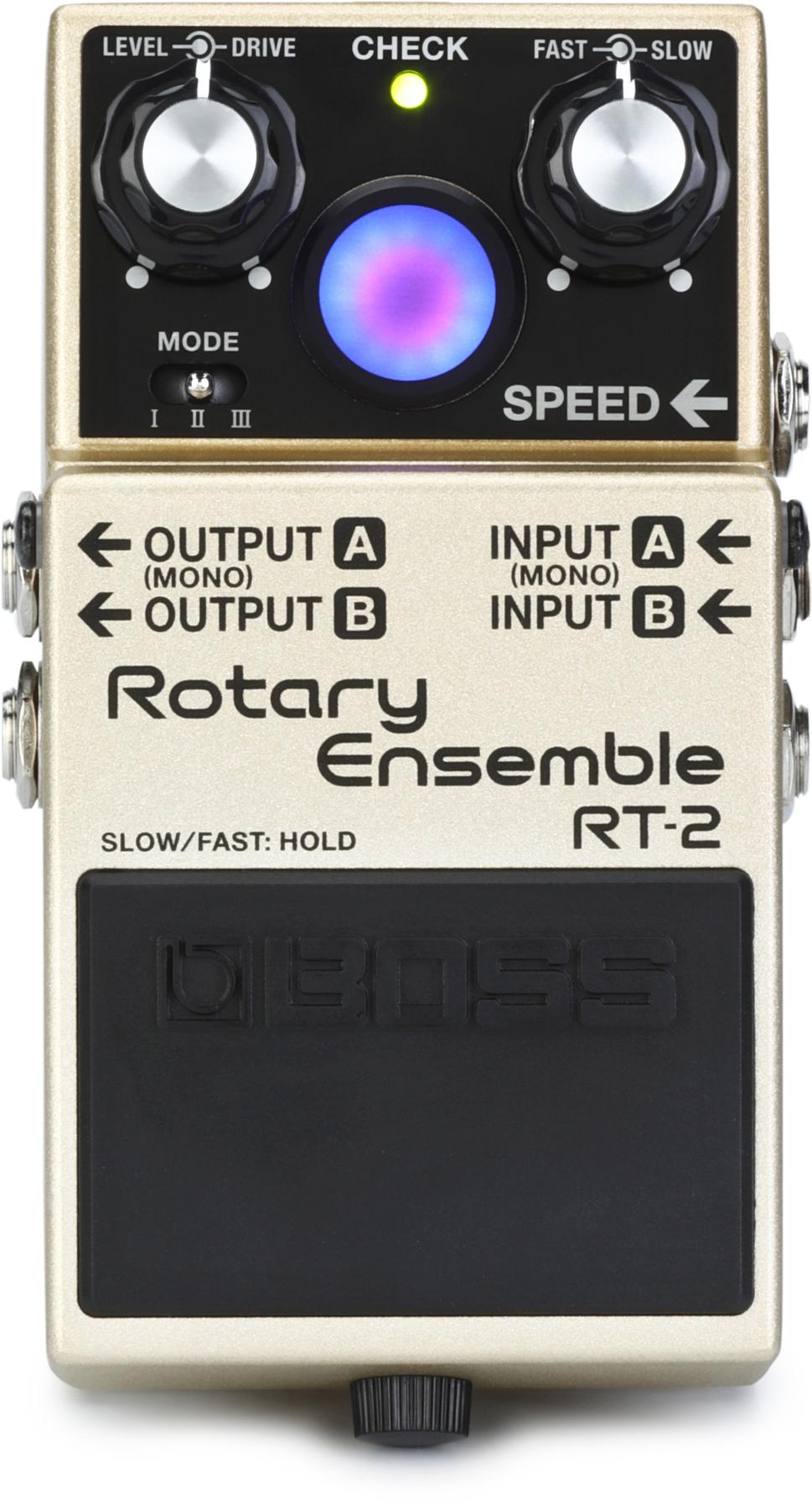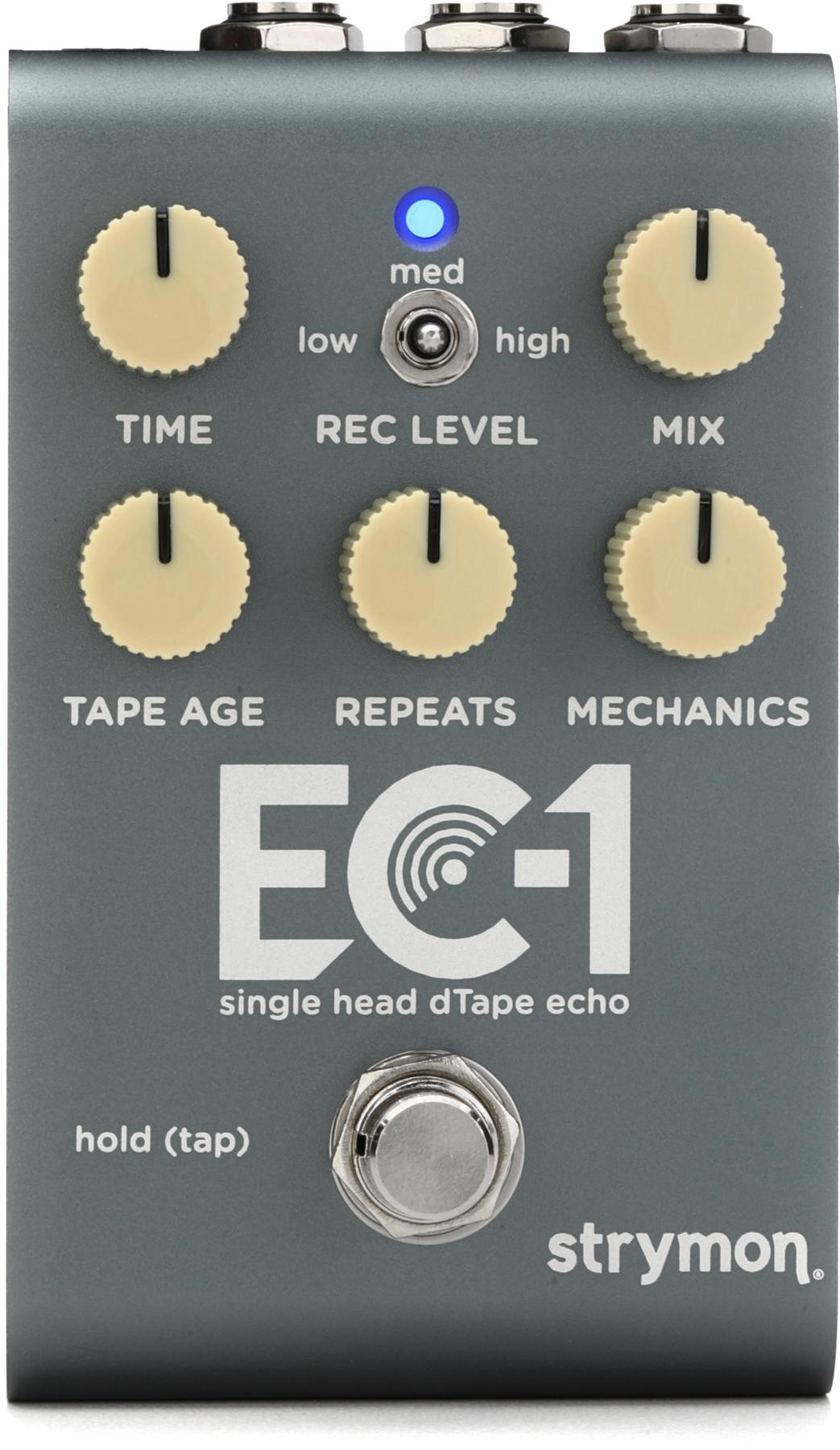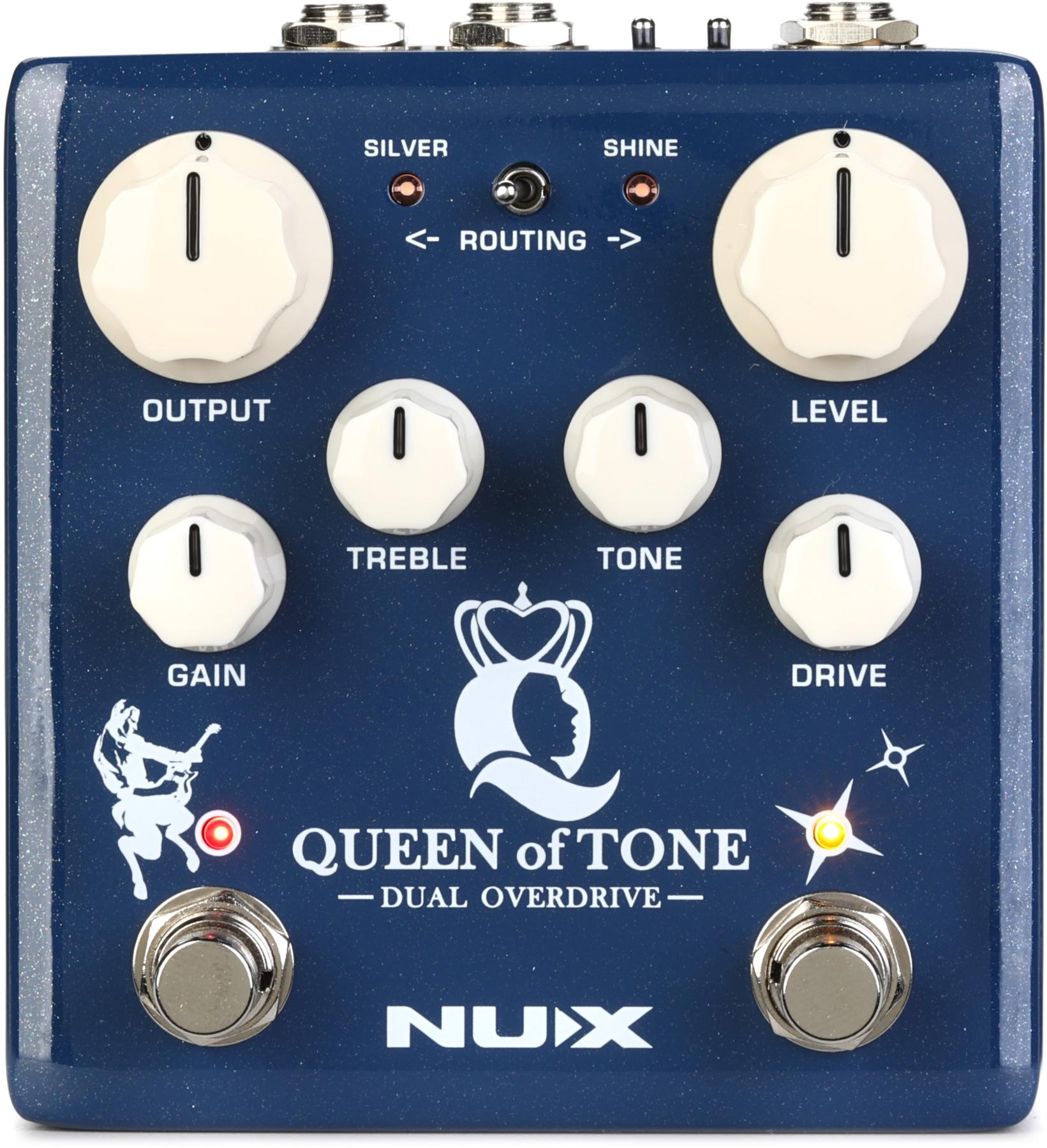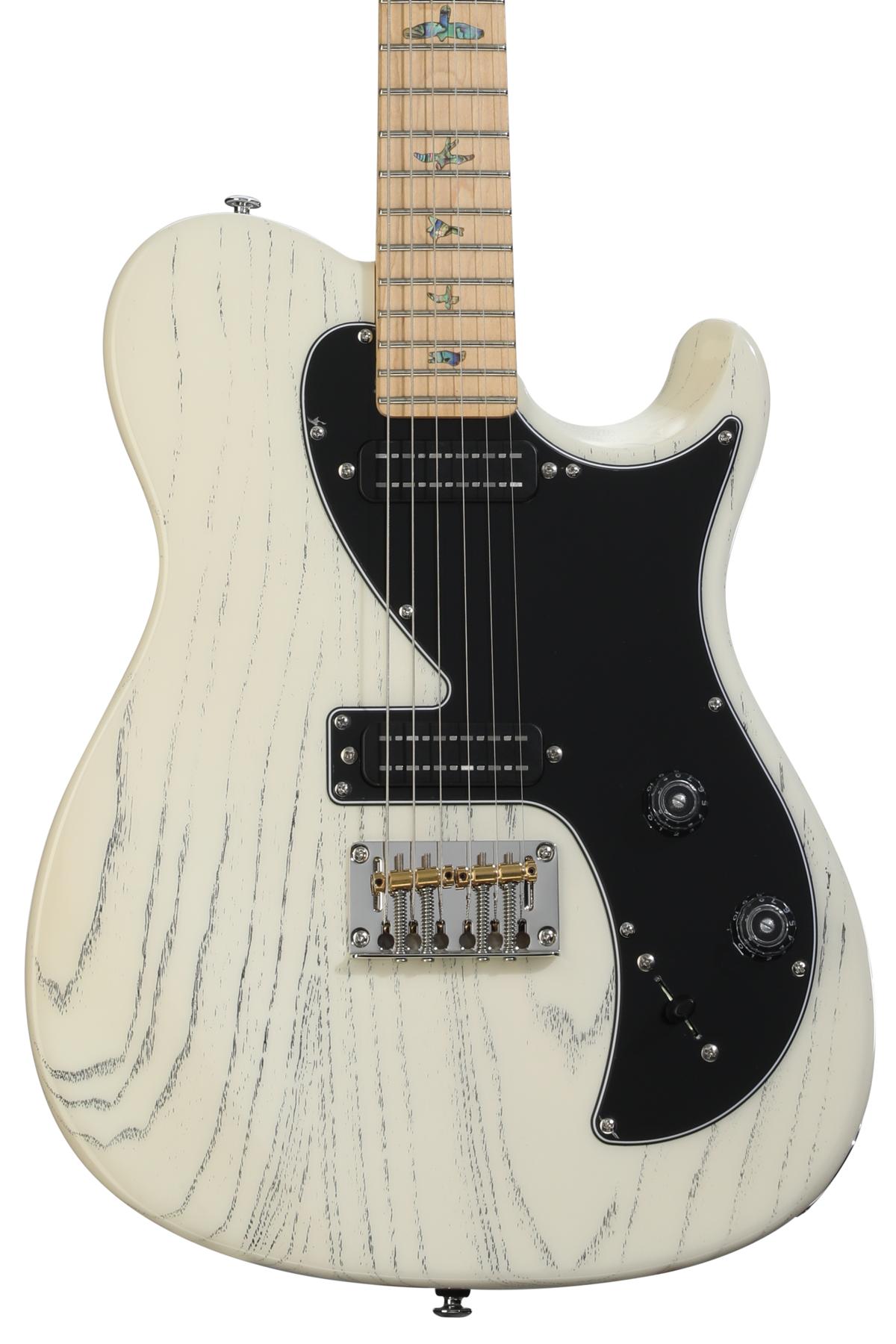I've had the good fortune to play many odd instruments, from hurdy gurdies to Buchla modular synthesizers to giant pipe organs. Only a few, however, were weirder contraptions than the Binson Echorec. The sounds of a Binson may be familiar—if only because it was Pink Floyd's echo of choice through the early to mid-'70s. But musically interacting with one, while observing and hearing the tickings, whirrings, and sometimes clankings of its electromechanical innards, feels like stepping into some parallel-universe, future/past from a pulp-science-fiction paperback. It's no coincidence that the band who wrote "Set the Controls for the Heart of the Sun" made it a centerpiece of their creative process.
Foxgear's China-built T7EBABY delay—which was inspired by the Binson Echorec T7E, an early Echorec version—does a fine job of imitating the unique sonic oddities that were made possible by the original Echorec's spinning-drum, multi-head, record-and-repeat apparatus. And while the Foxgear's approximations may not nail all the mysterious, often unpredictable, ambience of an original Binson all the time—and few, if any, pedals can—there are boatloads of hazy, highly psychedelic tones and textures that bear the quirky sonic hallmarks of an authentic analog original.
Fender Telecaster via Foxgear T7EBABY into black panel Fender Tremolux and Universal Audio OX (with plack panel Deluxe 12-inch cabinet sim) and Universal Audio Apollo Twin and Luna.
Digital Control at the Heart of the Stomp
Though you can operate the T7EBABY intuitively, the controls, as on the original Binson, aren't the equivalent of what you see on a simple compact digital or analog delay. Some are familiar ones with funny names. The "motor adjust" function, for instance, controls delay time. Delay length is extended to a maximum of 880 ms here—more than the approximately 300 ms of delay available on a Binson or the 660 ms available on the Echosex 2 from Foxgear's sister company, Gurus. The "age of damage" control adds woozy pitch modulation that emulates drum wear. Volume effectively controls the echo mix.
Other controls are unique in more than name. The 12-position head combination selector approximates the functionality of the Binson Echorec's 4-playback-head array, enabling the syncopated rhythmic echoes that different head combinations generate. Unlike the Binson, each virtual playback head has a different minimum-to-maximum delay range depending on where you set the motor adjust. Head 1 can range from 86 to 200 ms, head 2 from 172 to 422 ms, head 3 covers a 258 to 625 ms range, and head 4 ranges from 344 to 822ms. The relative spacing of the four settings remains consistent regardless of delay time.
As on the original Binson, the swell function feeds echoes back into the circuit to create additional layers of echo that can self-oscillate or turn into a bed of reverb, depending on where you set the length of swell.
The mode selector has three positions. Echo mode generates a single repeat of the selected head pattern sans feedback. It's great for staccato and slapback patterns, and has a very controlled but strong rhythmic character. The repeats mode brings the swell control into the mix, which effectively manages feedback. As on the original Binson, the swell function feeds echoes back into the circuit to create additional layers of echo that can self-oscillate or turn into a bed of reverb, depending on where you set the length of swell. The swell and tone controls are highly interactive. Lots of tone on top of long swell settings generates self-oscillation. Less tone makes long swell settings sound more like reverb. I loved keeping the tone control and length of swell in a sweet spot, where they created a constant bed of feedback tucked just behind the echoes. It's an incredibly effective and mysteriously evocative effect. It also feels more precise and much easier to tailor and control than most teetering-at-the-edge-of-feedback settings on other delays. With fuzz driving this signal, you can achieve bewilderingly swirling sustain textures and mutant reverb/delay sounds that are fat with ringing overtones.
The Verdict
Any Echorec pedal worth its salt is a load of fun. But there aren't a ton of them out there, probably because the programming and number crunching required to authentically approximate the complex nuances of the real thing is a resource-intensive chore. Thanks to its association with Gurus, Foxgear has years of experience chasing Echorec weirdness. The sum of that experience is not just audible, it's also tactile. At many settings—particularly those with high swell settings and those with odd head combinations—you will be compelled to play differently, and it can take you in interesting compositional directions. At $219, it's a more affordable alternative to the more expensive Echosex and is competitively priced with affordable Echorec alternatives with less authentic feature sets.

















